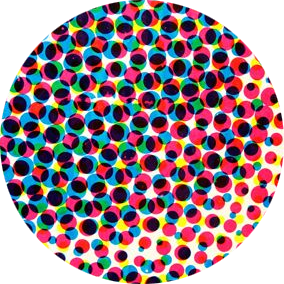Orientalism in “The Last Ronin”

Speaking to the elephant in the room, studying “The Last Ronin” gives rise to the opportunity to discuss the complex Orientalism that has always unsettled critics of TMNT, one that is destabilized through a variety of unique elements within this franchise.




By virtue of being mutants and turtles, however, the heroes of TMNT might be seen to occupy a liminal space that provides important evasions from Orientalist stereotypes – essentially creating protagonists that don’t align directly with either culture in play.

To Cobb’s point on unassimilability, we should also note that the series has always (and in all variations) explored the cultural clash between feudal Japanese and modern American culture through a wide number of avenues.

These include (but are not limited to) the turtles’ relationships with April/Casey; their relationship between their traditional Japanese teachings and their American culture; and through their fundamental relationship with (and deep abiding love for) New York City itself.

Assimilation in the text is hard to measure (are their ways accepted in their community?) but in the finale of The Last Ronin, *SPOILER,* they are seen passing on their traditional teachings to a next generation human, the child of two Americans.

Furthermore, what we see in “The Last Ronin” could be argued to function as a logical endpoint for the cultural collision depicted in the broader TMNT series – a resolution, if you will, for these enduring themes of cultural conflict throughout the franchise.

The future we see (which takes ample notes from Frank Miller’s “Ronin” graphic novel as well as John Carpenter’s “Escape from New York”) depicts a hybrid culture in which East and West and past and present intersect.

A worthwhile comparison here might be to the concept of Afrofuturism (think Nnedi Okorafor’s “Binti,” or even Wakanda in “The Black Panther” movie). In “The Last Ronin,” the persistence of feudal Japanese culture within a glossy technological future…

…can be read as a counter-narrative to the ways in which the representation of feudal legacies in modern Japanese cultures are often mobilized toward a characterization of Japanese people as less-advanced, or even primitive, in contrast to the US.

Finally, it’s important to account for the complex layers of irony and satire that inform the TMNT franchise, beginning with the title itself: a play on words that derives humour from the absurd juxtaposition of popular-but-incongruous cultural fascinations of its time.

From its outset, TMNT was a self-aware critique of American popular culture, including its fascination with feudal Japanese culture, with the Turtles serving as hyperbolic personifications of an America that couldn’t get enough ninjas in comics and in cinema.

Through the incorporation of this irony, along with low mimetic fantasy and thematic interests in culture clashes, the franchise in general, and The Last Ronin specifically, offer a lot food for thought on what exactly the N in TMNT represents in a broader cultural context.

There’s no easy answers here, and the people who are hurt by the stereotypes are the ones who get to decide whether or not they’re hurtful, but it is safe to say that the Japanese culture in TMNT is an intriguing mass media portrayal, and “The Last Ronin” is no exception.
This thread has a video version! Watch here or on YouTube.
